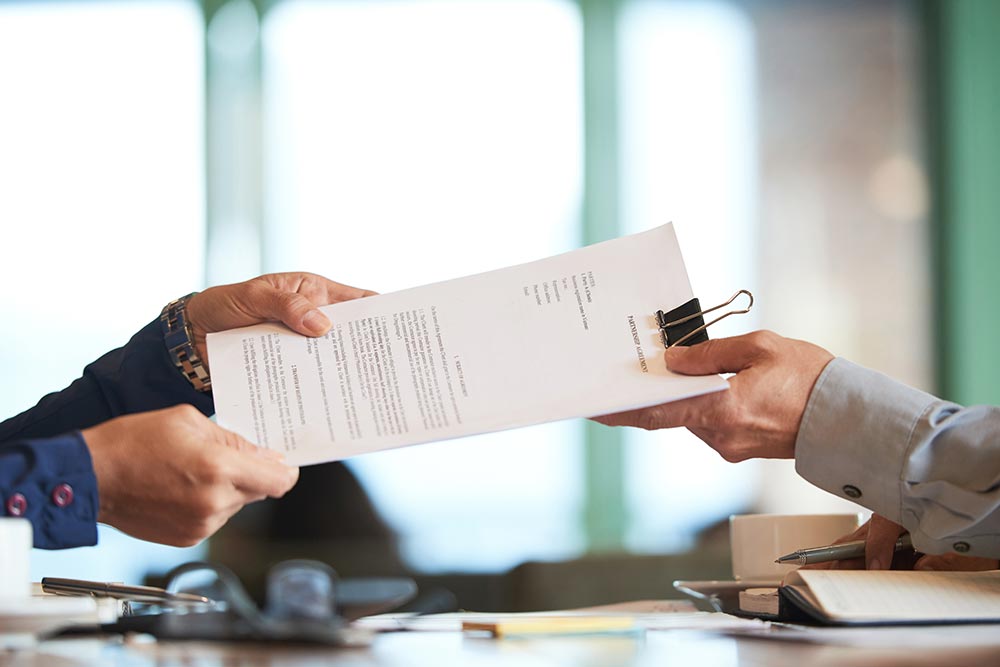Introduction
A swimming pool can significantly enhance the enjoyment and value of any property. Whether for relaxation, exercise, or social gatherings, a well-designed pool offers endless benefits. However, creating this oasis requires careful planning and execution, which makes the process of Pool Installation a critical step to ensure lasting satisfaction.
Pool installation is more than just digging a hole and filling it with water. It involves numerous technical and aesthetic considerations, from selecting the right pool type and materials to ensuring proper safety and compliance with regulations. This article will explore the essential aspects of pool installation, the various options available, the step-by-step process, and tips for a smooth experience.
Understanding the Types of Pools
Before diving into installation, it’s important to understand the different types of pools available, as this affects cost, construction time, and maintenance.
- In-Ground Pools
These pools are built directly into the ground and offer a permanent, customizable solution. Materials can include concrete, fiberglass, or vinyl liners. In-ground pools typically provide the most flexibility in terms of size, shape, and design features. - Above-Ground Pools
Easier and quicker to install, above-ground pools sit on the surface and often come as pre-fabricated kits. They tend to be less expensive but may have limitations on aesthetics and durability. - Semi-In-Ground Pools
A hybrid option partially recessed into the ground, semi-in-ground pools combine some advantages of both in-ground and above-ground designs.
Choosing the right pool type depends on budget, property characteristics, intended use, and personal preference.
Key Considerations Before Installation
Successful Pool Installation begins with thorough preparation. Here are the crucial factors to consider before construction starts:
- Budget Planning
Determine your budget upfront, accounting not only for construction costs but also ongoing maintenance, landscaping, and permits. - Site Evaluation
Assess the space available, soil conditions, drainage, and sunlight exposure. These elements influence pool design and location. - Permits and Regulations
Installation must comply with local building codes and safety regulations, including fencing and electrical standards. - Pool Features and Accessories
Decide on extras like lighting, heating, water features, automated cleaning systems, or covers. - Design Preferences
Consider the style and functionality of the pool, including shape, depth, and any special zones like shallow play areas or deep ends for diving.
Working with experienced professionals during this planning phase ensures all factors are addressed.
The Pool Installation Process
Pool installation involves multiple stages, each requiring expert coordination and quality workmanship. The typical process includes:
- Design and Planning
This initial phase involves creating detailed plans, selecting materials, and scheduling timelines. CAD software or 3D renderings may be used to visualize the final product. - Excavation
After obtaining permits, the site is excavated according to the pool design specifications. This includes removing earth and preparing the ground. - Structural Installation
For in-ground pools, this step varies by pool type:
- Concrete Pools: Steel rebar frameworks are installed, followed by shotcrete or gunite application.
- Fiberglass Pools: A pre-fabricated shell is delivered and lowered into the excavation.
- Vinyl Pools: Steel or polymer walls are assembled, then the vinyl liner is installed.
- Concrete Pools: Steel rebar frameworks are installed, followed by shotcrete or gunite application.
- Plumbing and Electrical Work
Necessary piping for water circulation, filtration, and heating systems are installed. Electrical connections for lighting and automation are also completed. - Backfilling and Decking
The area around the pool is backfilled with soil or gravel to stabilize the structure. Then the deck or patio area is constructed using materials like concrete, pavers, or natural stone. - Finishing Touches
This includes tile installation, plastering, and adding accessories like ladders, slides, or fountains. - Filling and Balancing Water
Once construction is complete, the pool is filled with water and chemically balanced to ensure safety and clarity. - Inspection and Handover
Final inspections verify the pool meets safety standards and performance expectations. The owner receives operational instructions and maintenance guidelines.
Benefits of Professional Pool Installation
While DIY projects can be tempting, professional installation offers significant advantages:
- Expertise and Precision
Professionals understand structural requirements, local codes, and the nuances of pool systems, reducing risks of errors. - Time and Efficiency
Experienced installers complete projects faster while maintaining quality standards. - Access to Quality Materials and Equipment
Contractors have relationships with suppliers, ensuring better prices and access to superior products. - Warranty and Support
Reputable companies often provide warranties and ongoing service options, safeguarding your investment.
Cost Factors in Pool Installation
Understanding the factors that affect the cost of pool installation can help manage expectations and budget wisely:
- Pool Type and Size
In-ground pools generally cost more than above-ground. Larger pools require more materials and labor. - Materials
Concrete pools tend to be the most expensive, followed by fiberglass and vinyl. - Site Conditions
Difficult terrain or poor soil may require additional preparation. - Features and Accessories
Adding heating, lighting, or custom features raises costs. - Labor and Permits
Skilled labor and regulatory fees vary by project complexity.
Requesting detailed quotes from multiple installers helps in comparing costs effectively.
Maintenance After Installation
Proper maintenance is essential to prolong the life and enjoyment of your pool:
- Regular Cleaning
Skimming debris, vacuuming, and brushing surfaces keep water clean and clear. - Chemical Balance
Frequent testing and adjustment of pH, chlorine, and alkalinity prevent algae and bacteria growth. - Equipment Checks
Routine inspections and servicing of pumps, filters, and heaters ensure efficient operation. - Winterizing
If applicable, closing the pool properly during off-seasons protects it from damage.
Common Challenges in Pool Installation
Awareness of potential challenges can help avoid pitfalls:
- Delays Due to Weather
Rain or extreme temperatures can halt construction. - Unexpected Site Conditions
Unstable soil or underground obstacles may require additional work. - Budget Overruns
Changes in design or unforeseen issues can increase costs. - Permit Issues
Delays in obtaining approvals can postpone timelines.
Working closely with your contractor and maintaining clear communication mitigates these risks.
Conclusion
Pool Installation is a complex yet rewarding endeavor that transforms any property into a private retreat. By understanding the different types of pools, carefully planning each stage, and partnering with experienced professionals, you can ensure a smooth installation process and a beautiful, durable result.
Whether you seek a tranquil backyard oasis or a lively entertainment hub, investing in quality Pool Installation pays dividends in enjoyment, property value, and peace of mind. Taking the time to do it right will leave you swimming in satisfaction for years to come.




